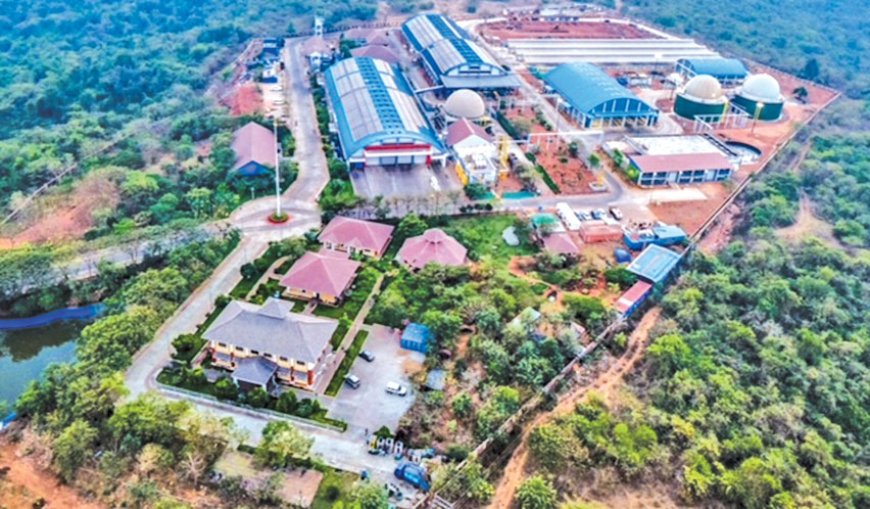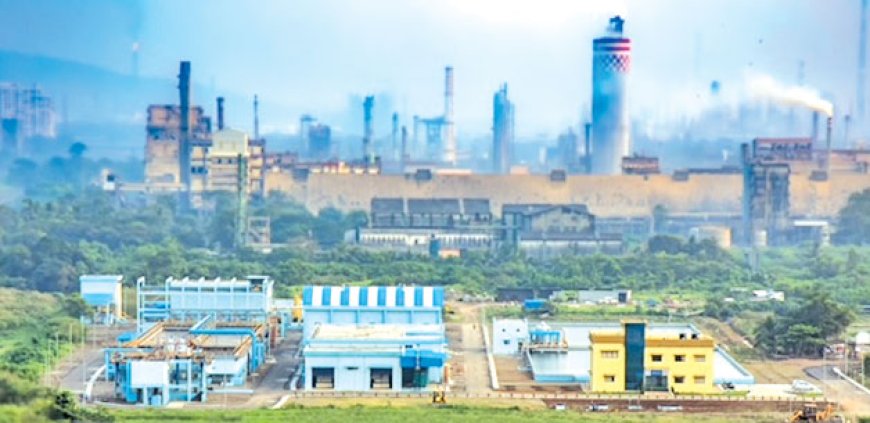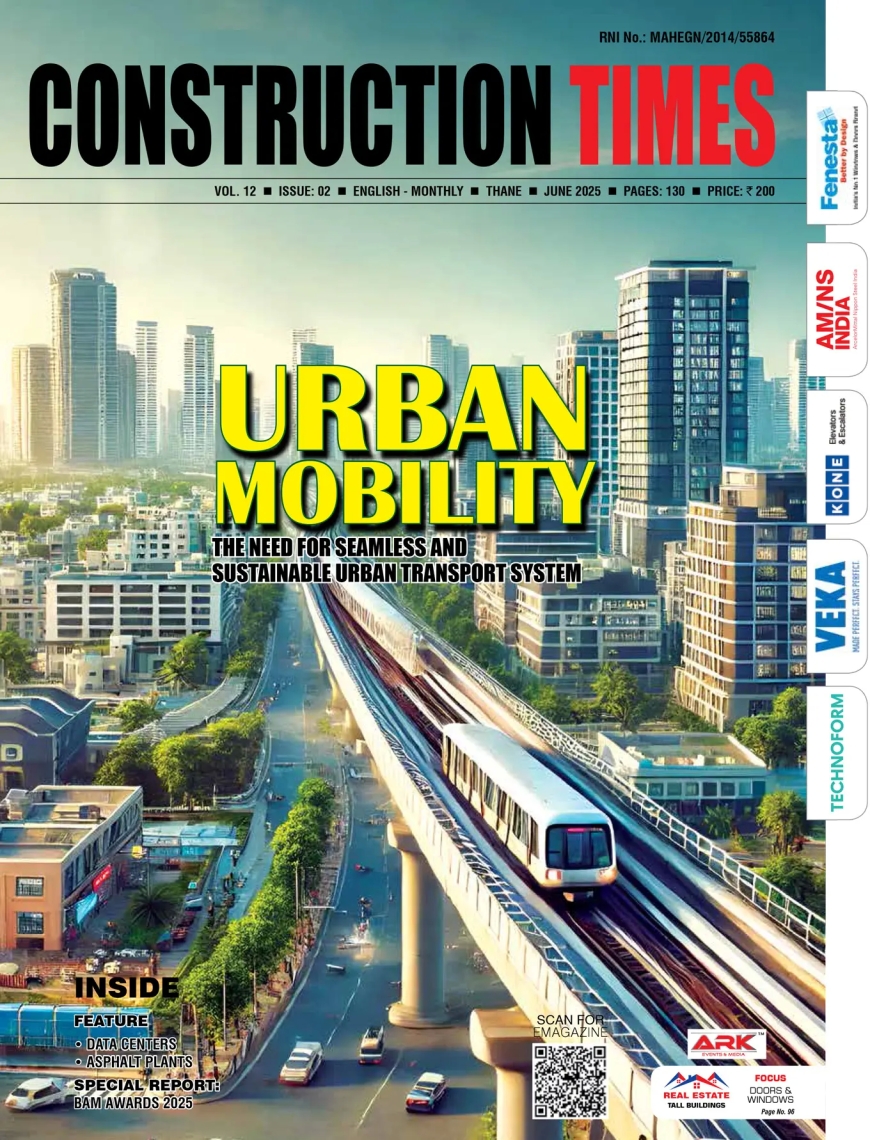The approach should be to construct an environmentally sustainable infrastructure.

Dr Prashant Bhave
Professor (Adjunct) Civil & Environmental Engineering
Veermata Jijabhai Technological Institute (VJTI)
Indian construction industry continues to grow with a lot of construction activities in the pipeline. What is your thought on the construction practices being adopted in infrastructure and real estate segments?
Indian construction industry is among one of the fastest growing industrial sectors and will enjoy this status for decades to come, for sure. Obviously, in the process, all the sectors and activities related to construction as industry are bound to grow. To state a few are construction materials, construction technologies, finance, and skilled and unskilled manpower.
Now, there is hardly any difference or lag between the technological upgradation and its adoption between the developed part of the world and we as ‘India’. We are abreast with the state-of-the-art construction practices when it comes to the infrastructure such as communication engineering and real state segment.
Growth of the Indian construction industry is based principally on the present and future demand coupled with the affordability of the population.

The growing population and urbanization are adding more burden to the waste management systems of the country. What are the challenges faced and what is the way forward?
The population growth and urbanization are indicators of the consumption. Growth of all Indian cities right from metropolitan or Tier I to IV and towns etc is phenomenal. We have studied the populations of various urban centres of India and the forecast data is astonishing. The numbers have grown to double in a few decades. Mumbai has a population of approximately 14 million. The mere number is frightening. We need water for day-to-day use, industries need water for their production and growth, land is required for accommodating the population and industrial development and, as consumers, our needs are fulfilled through the natural and manmade resources. All these resources are for sure limited and not infinite.
Our survival is by consumption of goods and services, and it all generates the waste. Waste generation is inevitable. Is it possible to have a cow milking for us, without dung? So, the waste generated in the form of construction and demolition as we refer here to construction industry and later while utilizing the various infrastructures will have wastewater, solid waste and other pollutions in the increasing proportion, too. Hence, not alone the waste
In the context of the construction and real estate industry, starting with, managing water for its utility during the life cycle of the construction infrastructure, wastewater generation, solid waste management and air and noise pollution are the immediate and everlasting direct challenges. Now, we also have the indirect but significant challenges in the form of energy and construction materials adding to the sustainability. No doubt, all the above challenges can be overcome, we have solutions to all the direct and indirect pollutions. All the stakeholders, need to be educated, sensitive and must participate in minimizing the same.

What are the possible solutions in meeting the demands of effective solid waste management in Indian cities and urban areas?
Solid waste from urban centres or ULBs was among the most ignored waste till recent time. The reason being less potential to harm, visibly. The concept of ‘not in my back yard’ (NIMBY) worked for decades. As the municipal solid waste normally referred as MSW, was easy to put it somewhere away or at less important part or area near urban area. We used to dump it outside city limits, normally. MSW used to get accumulated for decades as initially the
Moreover, the law of the land on waste management is also now very tough. Talking about the solutions towards MSW management, the MSW management can be easily and effectively possible. Few of the ULBs of significant sizes have been successful and have managed their MSW in the best way. Municipal corporations of Indore and Surat, and Goa Government have
These role models are now implemented fast in India. The Government initiatives, policies at local, state, and central are very effective and helping in the management of the MSW. We all as the stakeholders, who generate in the SW, must understand our responsibilities and participate in all the possible ways in resolving the problem.
We are all facing the aftermath of climate change in the form of drastic changes in weather patterns. What is the way forward to effectively tackle this situation from the perspective of construction industry?
Climate change is now talked at all the levels of the society, globally, as the effects of weather changes and patterns are experienced by all of us. The changes in the atmospheric temperature and rain patterns are observed as compared with the recent years of past/decade. The effects of temperature changes by 2030 and 2050, are going to be significantly affecting the global ecology and environment if the requisite measures are not adopted seriously. The earth’s atmosphere is dynamic, and the effects are global.
The Green House Gases (GHGs) as it is referred is largely the carbon dioxide, methane, nitrogen oxide etc, and are responsible for trapping the incoming solar radiations and the radiated heat from the earth. The quantum of GHGs is increasing as compared to what it was 5-10 decades back. More the GHGs in the atmosphere, more the trapping of radiations and hence the temperature and other effects.
Now, the causes of increase in GHGs are manmade and natural activities. We don’t have control over the nature, but the manmade activities can be controlled. Energy generation, various wastes and materials and transportation are the activities contribute to GHGs. We must control and minimize the excessive growth of GHGs by applying the multifaceted solutions and approach.
Construction industry can help significantly by having an approach/attitudinal change of making a green infrastructure. The approach should be to construct an environmentally sustainable infrastructure and also to operate it in such a way as to minimize its carbon footprint.
The construction industry can plan, design, execute and operate the structure with maximizing the green energy, using environment friendly construction materials, reduced water footprint, waste treatments, value chain management and maximizing the stakeholder’s participation.

World over, nations are taking measures on reducing carbon emissions and have set net zero goals. What is the role of construction industry in meeting the net zero targets and what steps are needed in this direction?
We as a country have a significant role in reduction of carbon emissions. India has committed with its voluntary and compulsory compliances/commitments in reduction of carbon emission by the year 2030 and year 2050.
We as India are successfully advancing in the journey of our reduction in carbon emissions. Though our per capita carbon contributions are much less as compared to the developed part of the world, still we are committed towards the global policies. India inherits culture of ‘Vasudaivakutumbakam’ and we try our best in that direction.
Construction industry being a significant contributor of our Nations’ growth and economy, expected and can contribute significantly on the targets of minimizing carbon emissions and ultimately achieving the net zero targets in a time-bound manner with select sectors on priority.
What is your vision for a sustainable and green future?
Being an environmental professional, researcher and academician, always promoted and emphasized for last three decades the sustainable and green environment, in various ways. Though a little late, but now all the stakeholders locally and globally are serious about green and sustainable policies, technological and management upgrades, their implementations,
We always say, ‘Better late than never’ as ‘we have only one earth to live’.







